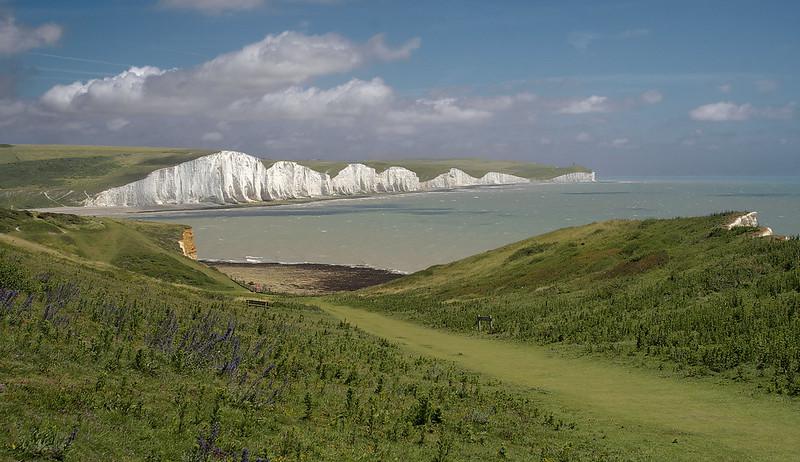Table of Contents
Stunning Countryside
When thinking about rare ecosystems, the first that often spring to mind are the rainforests or coral reefs that can be found in tropical climates. But the UK is home to its fair share of rare biomes, with one of the most unique being the chalk downs of southern England. This landscape is characterised by rolling, grassy valleys overlaying soil that is composed largely of chalk, and is found in very few places outside of the UK. The South Downs is one of the best examples of the ecosystem and covers over 250 square miles of the south-eastern counties that border the coastline.
The area is the newest national park to be designated in the UK and is popular among outdoor-lovers, with some fantastic scenery, coastal views and well developed paths for walking. The South Downs have a lot to offer visitors, with the landscape being interspersed by hill forts, nature reserves and quaint settlements. Kingley Vale – a nature reserve in the Sussex part of the downs – is one of the best destinations in the region and hosts some of the oldest living trees in the country. But wherever you go on the South Downs, wildlife is sure to be a feature, with many species thriving in this rare ecosystem.
A Ghostly Vision
If you find yourself taking a stroll on a summer’s evening in the South Downs, you might be lucky enough to glimpse a pale shape drifting across the landscape. But not to worry – it’s unlikely to be a roaming spirit – it’s more likely to be a Barn Owl. Barn Owls are one of the most widespread Owl species in the world and there are not too many birds that match the bird in terms of appearance. With its white plumage, distinctive flight and beautiful features, the Barn Owl is a much-loved species and is very popular among birdwatchers.
This was not always the case, however. In past centuries, the species was thought to be an evil omen and was given some rather dark names such as the “demon owl” or “death owl”. A true creature of the night, the Barn Owl hunts using stealth as its primary weapon. Their wing feathers have many ridges which are designed to ensure the birds makes no sound at all during flight, helping them take their prey by surprise. Additionally, their curved face act like radar dishes, channelling the sound of scuttling rodents to the owl’s ears and allowing them to detect prey in complete darkness. While primarily being a nocturnal animal, the Barn Owl will often appear around dusk and this is usually when they are spotted. Top tip for seeing Barn Owls on the South Downs: take an evening stroll near a secluded area of trees on a still, summer night.

Rare Species
The South Downs has many other opportunities to see wildlife. For example, some parts of the national park are home to all 12 of the UK’s native reptile and amphibian species. In fact, the South Downs are the only place in the country where all of these species can be found in one place. The warm chalk landscape is ideal for reptiles such as Grass Snakes and the very rare Smooth Snake, especially during the summer months. If you’re out for a walk early in the morning, keep an eye out for these animals basking on pathways.
Many rare species can also be found on the South Downs, a testament to how important the region is for fauna and flora. The Greater Mouse-Eared Bat is one example and a handful of individuals are thought to live here, roosting in the eaves of barns or old buildings. Butterflies are especially drawn to the South Downs, thanks to the abundance of wildflowers that bloom every spring. Many of Britain’s common species can be found, along with a few unusual species such as the Duke of Burgundy Butterfly and the Silver-Spotted Skipper. The South Downs is therefore one of the most interesting landscapes in the UK and is a coastal destination that is perfect for wildlife watchers and outdoor adventurers.
Photo – The South Downs: Photo Credit: Brian Toward on Flickr

